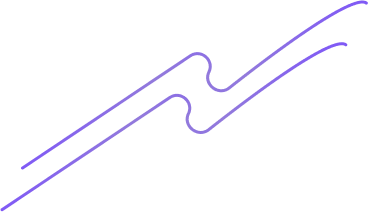In today's digital landscape, driving traffic to your Shopify store is crucial for e-commerce success. Whether you're an e-commerce brand, a passionate blogger, or a savvy marketer, understanding how to format and optimize your blog can make all the difference. In this comprehensive guide, we'll explore a step-by-step Shopify blog template designed to maximize your traffic and keep your audience engaged.
Understanding the Importance of a Well-Structured Blog
Having a well-structured blog is not just about aesthetics; it significantly impacts your SEO and user engagement. Search engines favor content that is organized, relevant, and easy to navigate, while readers appreciate a blog that is straightforward and valuable. A good structure encourages readers to stay longer, explore more content, and ultimately, make purchases.
Step 1: Begin with an Engaging Title
Your title is the first thing readers see and sets the tone for your entire post. It should be relevant, intriguing, and contain keywords that reflect what your audience is searching for. A compelling title not only improves click-through rates but also attracts serious readers interested in what your Shopify blog has to offer.
Step 2: Craft a Captivating Introduction
The introduction needs to hook the reader quickly. It's essential to address the reader's pain points or interests right away, giving them a reason to continue reading. Remember, a reader who feels understood is more likely to engage with your brand.
Step 3: Use Subheadings to Enhance Readability
Breaking your content into sections with clear subheadings not only improves readability but also aids in SEO. Search engines crawl for these markers to understand the context and structure of your content. Subheadings help skim-readers find the information they are interested in, increasing the chance they will stay on your page longer.
Step 4: Optimize for SEO with Natural Keywords
Incorporating keywords naturally into your blog is essential for SEO optimization. Rather than forcing keywords into your content, focus on thematically relevant phrases that fit seamlessly within the narrative. This strategy ensures your content remains engaging but also improves your visibility on search engines.
Step 5: Include Relevant Call-to-Actions and Links
A blog post should guide readers toward a goal, whether it's making a purchase, signing up for a newsletter, or exploring more of your content. Strategically placed call-to-actions (CTAs) within your content can lead readers to take these valuable actions. Additionally, incorporating internal links can encourage readers to explore more pages on your site, further improving SEO.
Step 6: End with a Compelling Conclusion
Just as your introduction is crucial for hooking readers, your conclusion should leave them with a sense of satisfaction. Summarize key points, reinforce your call-to-action, and encourage readers to continue engaging with your brand.
Implementing a strategic blog template can dramatically boost the online traffic to your Shopify store. By creating content that is informative, well-organized, and engaging, you can draw in more potential customers, increase your site’s visibility, and ultimately drive sales. Make sure to subscribe to our newsletter for more tips, and explore our wide array of tools that can enhance your Shopify store performance. Your journey to better e-commerce success begins here!








